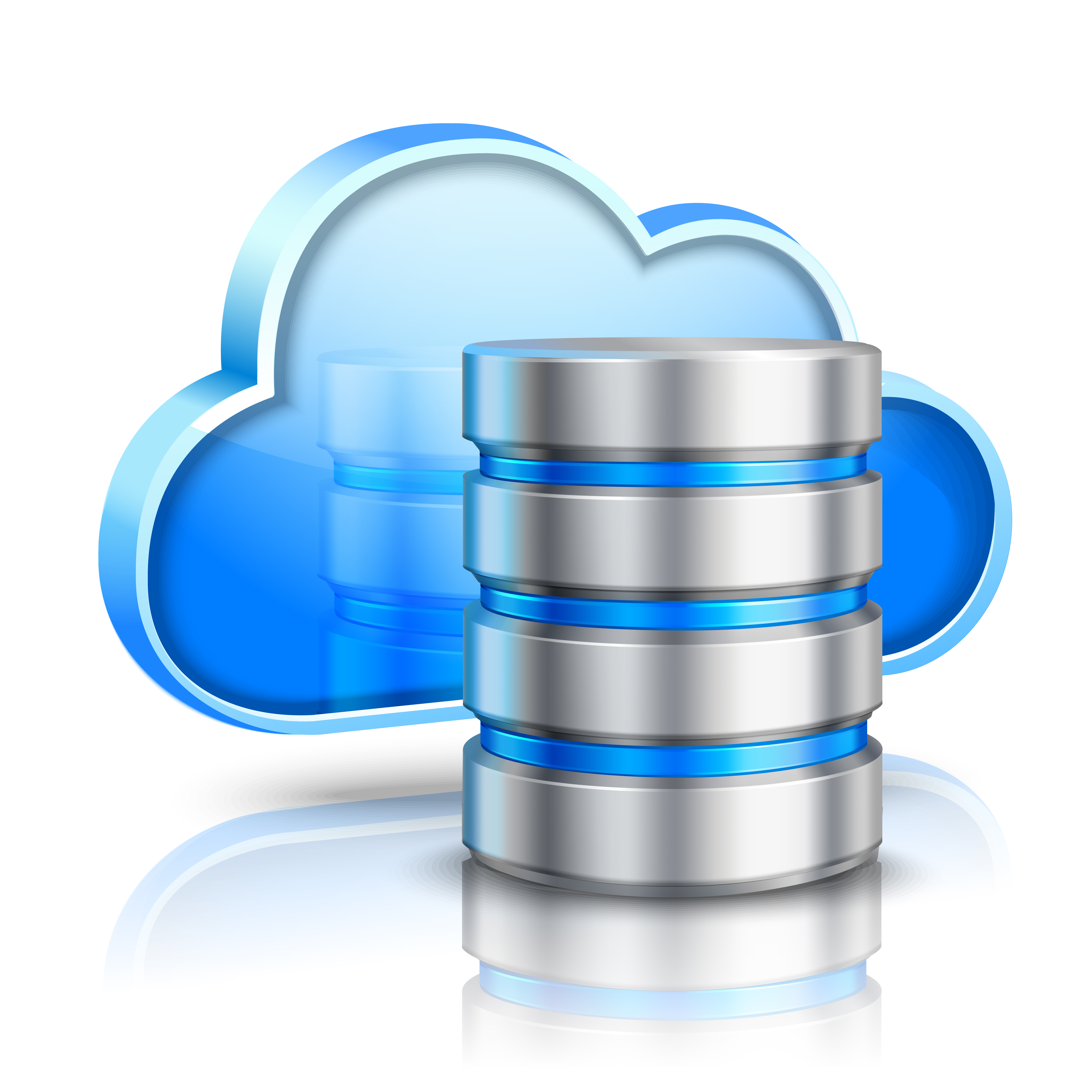Recover MySQL Database that has crashed due to a sudden XAMPP termination can be achieved using various methods, depending on the extent of the damage and the availability of backups. Here’s a step-by-step guide to potentially Recover MySQL Database:
- Stop XAMPP services: Immediately halt all XAMPP services, including MySQL, Apache, and other running modules. This prevents further data corruption or potential conflicts during recovery attempts.
- Check error logs: Locate the MySQL error logs, typically found in the XAMPP installation directory under
xampp\mysql\data. Analyze the error messages to identify the cause of the crash and potential solutions. - Verify data integrity: Use the
CHECK TABLEcommand within MySQL to validate the integrity of the database tables. If errors are detected, consider using theREPAIR TABLEcommand to attempt fixing any inconsistencies. - Restore from backups: If you have a recent backup of your MySQL database, restoring it is the most reliable way to recover data. Locate the backup files and follow the appropriate restore procedure for your backup tool.
- Use data recovery tools: If backups are unavailable or incomplete, consider using data recovery software specifically designed for MySQL databases. These tools can scan the corrupted database files and attempt to extract recoverable data.
- Seek professional assistance: If none of the above methods work or data recovery is critical, consider seeking professional data recovery services. They have specialized tools and expertise to handle complex data loss scenarios.
Additional tips to prevent future data loss:
- Regular backups: Schedule regular backups of your MySQL database to ensure data integrity and a quick recovery option in case of crashes.
- Monitor system health: Regularly monitor the health of your XAMPP installation, including MySQL, to identify potential issues and address them promptly.
- Update XAMPP: Keep XAMPP up to date with the latest stable releases to avoid potential bugs or vulnerabilities that could lead to crashes.
- Error reporting: Configure MySQL to generate detailed error logs and enable logging for other XAMPP components to aid in troubleshooting and identifying potential issues early on.

